World Fine Art Professionals and their Key-Pieces, 426 - Nanna Lahn
World Fine Art Professionals and their Key-Pieces, 426 – Nanna Lahn
In the Free Palace (Vrij Paleis) in Amsterdam, just behind the palace on Dam Square, I visited the Forest Fringe exhibition with works by Nanna Lahn and Jacqueline Lamme. Both artists are concerned with nature (see also the interview with Lamme on this site). There is something special going on in Nanna Lahn’s nature paintings. Creatures move in the forest in a mysterious atmosphere.
Enough reason to visit Nanna Lahn in her studio. It is located in the basement of a former bathhouse in Old-South Amsterdam (Oud-Zuid). It is a round complex, built in the style of the Amsterdam School. There appear to be two more, I hear from Nanna. The other is located in East Amsterdam, and has been partially converted into a café.
Nanna: “The one in Oold-South served as a bath house the longest, until the late 1980s. ‘I showered here when I was a student,’ I heard on an open studio day.” Now, in addition to her studio, there are many sound studios of musicians. Visual artists from the area also regularly come to work.
The imagination of the landscape
Nanna Lahn has spent her entire career researching the landscape and what portraying the landscape says about our relationship with nature. Nanna’s most recent research is landscapes with the so-called ‘human bycatch’, people being accidentally photographed by cameras intended to monitor wildlife. Often these people are busy with something private, they are relieving themselves in nature or have sex, many are also engaged in illegal activities such as drug use or poaching.
How did she come up with the idea? Nanna: “I read a newspaper article about cameras that are intended to monitor wild animals. Those are special cameras, night cameras. This happens a lot, especially in America. When research was done, it turned out that there were not only images of animals, but also of people. The researchers of a number of institutes were faced with the question of whether they should be allowed to publicize this. After all, this is a ‘privacy infringement’. Each institute turned out to deal with it in its own way. The joint opinion was that it is not prohibited, as long as the images are not shared.”
Something mysterious
Depicting such scenes on the canvas is another step further, the scenes can have sprung entirely from fantasy, which means that the privacy issue is a lot further away. Nanna: “I am concerned with the phenomenon and not with the person(s), ‘how do we behave in nature’. We in the cities have much more (beautiful) images of landscapes than that we really are in nature. That fact is interesting. Often there is an idealization of nature, nature is also a commodity.”
The photos from the night cameras are not intended to interest people aesthetically. “Often they are cut-off compositions. It has something mysterious, something lurid. I also try to convey a bit of the feeling of fear that romantic painting aroused. There is also an element of ‘lost paradise’ in it. Walking in nature we feel free. It seems neutral. But if an animal is startled by a photo flash in the night, it may choose a different route next time. But it’s not necessarily about showing how bad we are as people, it’s also a different way of looking at nature for me. You see the locals doing their local things. Who are we to judge that?”
It’s about how we deal with the environment, nature, life. “We often forget that. The human gaze is anthropocentric, and looks too little at other life.”
Does Nanna have a key work?
She has. It is an installation consisting of a triptych with pigments on the floor. It’s called ‘Meanwhile in the forest, 3 – 5, with footnotes’. “I was given things as a gift: a storyline with an element of time. The pigments on the floor in relation to the images and the space evoke something. They make it one whole.”
How long has she been an artist?
“My whole life. I always made things and liked drawing and painting. It felt like part of me. I come from Denmark, but went to study at the Royal Academy of Art in The Hague, from 1995 to 2000. I continued to live in Amsterdam. The Hague had a painting department, the ‘Autonomous’ department. In 2010 I graduated from the Amsterdam School of the Arts on art pedagogy. Then I became a freelance teacher. I have taught a lot in Amsterdam-North. To groups and to schools, especially to children who had little contact with art and culture.”
At the moment she also teaches a course in traditional drawing and painting, also in North. “Especially at primary and secondary schools. And for a year I teach in Artis, the Amsterdam zoo, together with Jacqueline Lamme. “Elementary school children, other children than in North, they are slightly more ‘privileged’; I also have several children from ‘new North’ in North, children of free creative people. In addition, also children with an emigration background, they have not inherited art and culture from home. I also go to various museums with the children. That works well. It’s a completely different world for them, but if they do it for a while they get a different view of the world and a lot of self-confidence. They also see how things work in society.”
Master in Artistic Research
She is not finished studying yet. In 2020 she started a research Master at the UVA, Artistic Research. “These are theory courses intended for artists. I chose The Landscape – how people interact with nature. The courses are also visited by students of archaeology and heritage. It is about, among other things, how people created space very early on. The archaeology professor said: ‘In archaeology we have to guess, there is no text.’ I felt very much related to that as an artist, more than to art history, which is mainly based on written text.”
Now she is working on her thesis. “Following the Human Bycatch research, I study the images and how they show how we deal with nature, how we are conditioned to it. Painting is a way of deconstructing it.” She has all the text ready, but still needs to organize it. It is illustrated. If it is judged well, she has her Research Master’s Degree.
What is her experience of art life?
“A lot is happening. The art world takes only part of the art produced seriously. The room for diversity is alarmingly small. Many young talents die, a small group continues, yet there are many good artists among the young talents. It is difficult for me to make a living from work. I can survive teaching.”
Organizing something yourself, like at Free Palace, feels good, she says. She is busy forming a painting collective to give painting more attention. “In terms of art, The Netherlands is largely very conceptual and less concerned with painting.” She is particularly interested in the connection with architecture.
Philosophy
Finally, what is her philosophy? Nanna: “Painting is a Meta Image in which you can understand other visual arts. In 2D you can analyze other images. That goes from Richter to Lichtenstein.”
Images
1) Notified Forest nr 2, 2017, oil on canvas, 120×150, 2) Deerhead, 2022 acrylic on canvas, 40×50, 3) Meanwhile in the Forest nr16, 2023 acrylic on canvas, 75×90, 4) Meanwhile in the Forest nr 1, 2021 acrylic on canvas, 120×150, 5) Meanwhile in the Forest nr 8, 2022 acrylic on canvas, 60×80, 6) Meanwhile in the Forest nr 2, 2021 acrylic on canvas, 130×150, 7) Meanwhile in the Forest nr 6, 2022 acrylic on canvas, 60×80, 8) Meanwhile in the Forest nr 3-5 with footnotes, 2022 acrylic on canvas, pigment, 9) The old bathhouse when it was just built, 10) Portrait photo Nanna Lahn
https://www.instagram.com/nannalahn/https://ifthenisnow.eu/nl/verhalen/de-wereld-van-de-amsterdamse-kunstenaar-100-nanna-lahn
Disclaimer: The views, opinions and positions expressed within this guest article are those of the author Walter van Teeffelen alone and do not represent those of the Marbella Marbella website. The accuracy, completeness and validity of any statements made within this article are not guaranteed. We accept no liability for any errors, omissions or representations. The copyright of this content belongs to Walter van Teeffelen and any liability with regards to infringement of intellectual property rights remains with the author.

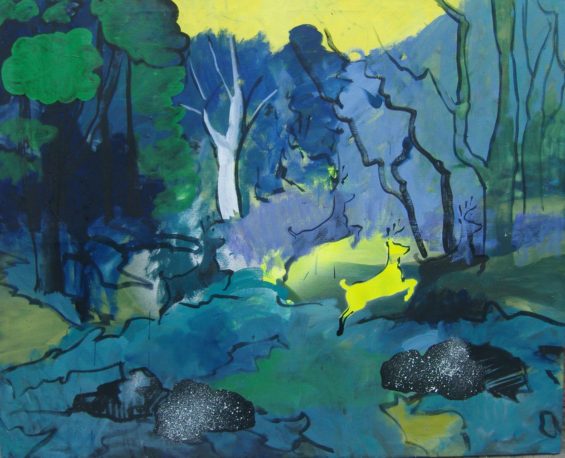
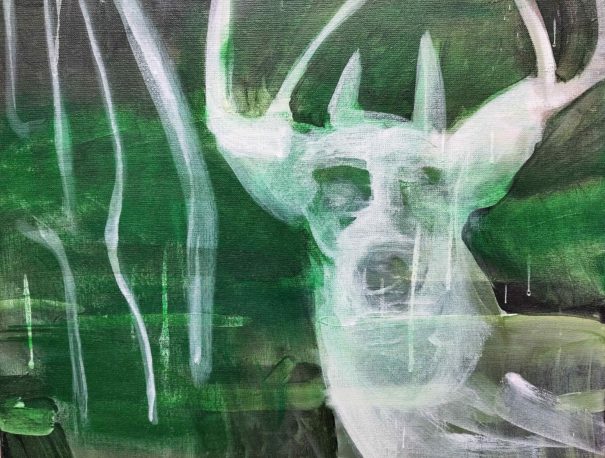
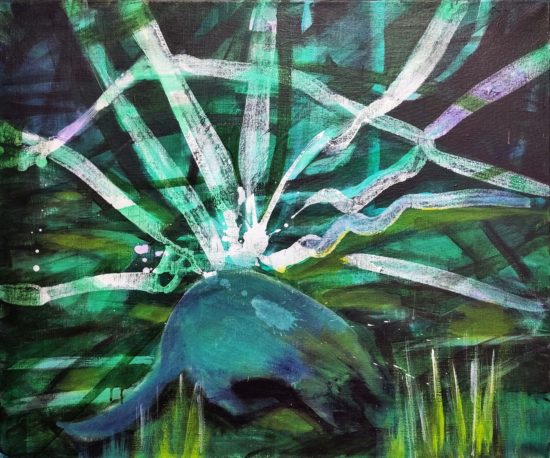
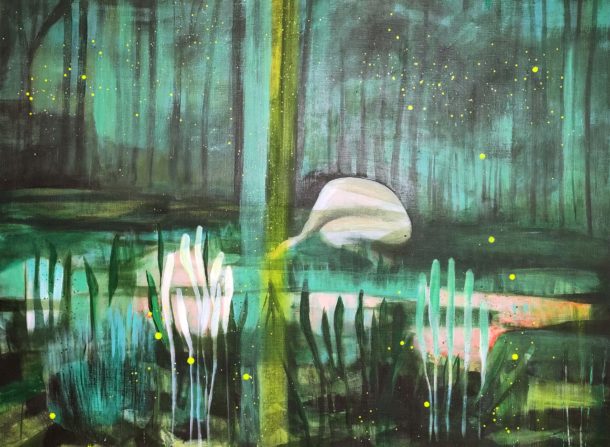
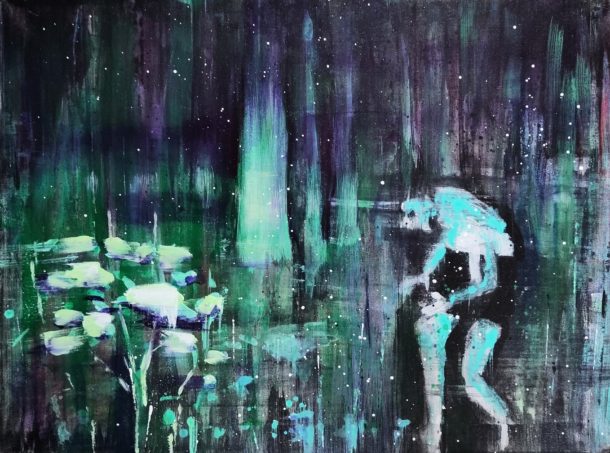
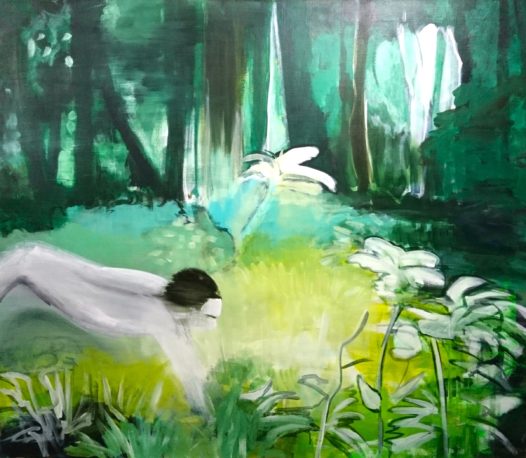
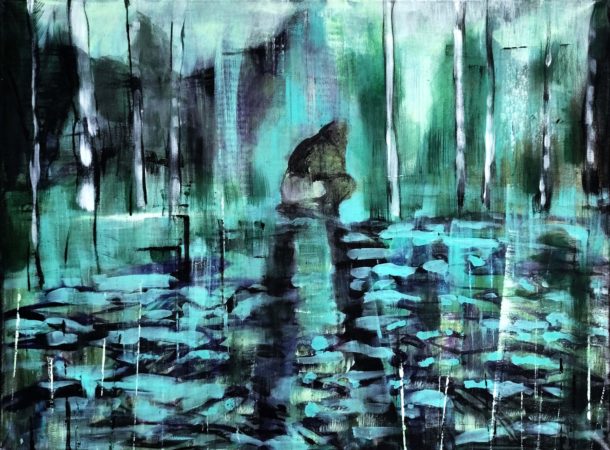
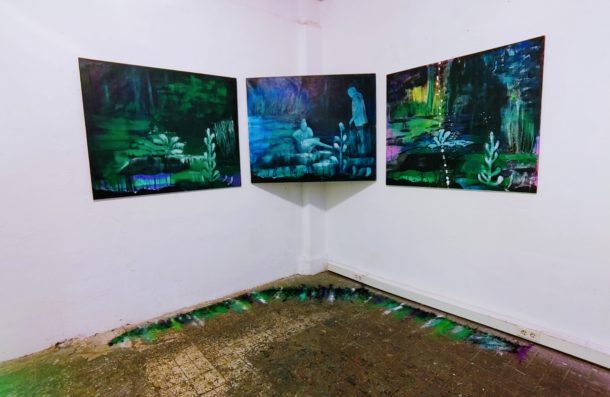
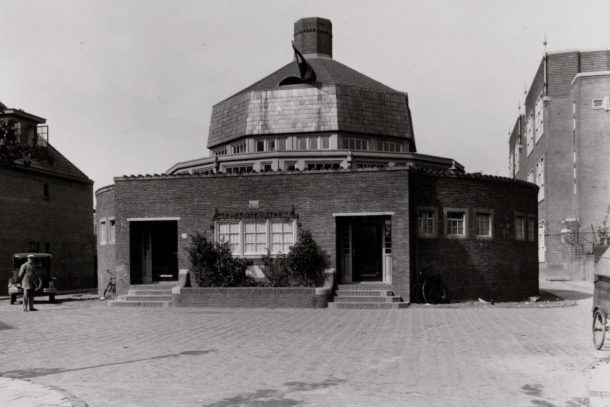
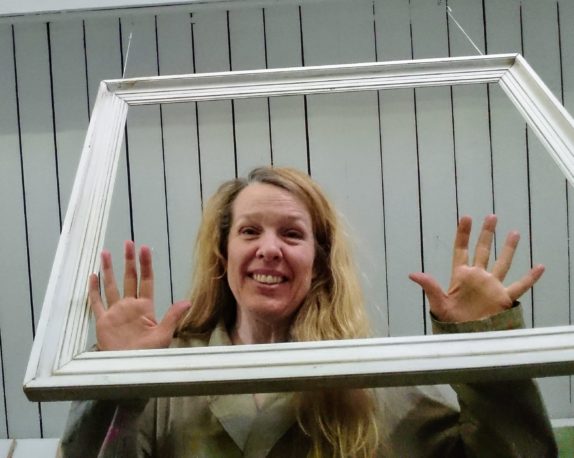














The opinions expressed by individual commentators and contributors do not necessarily constitute this website's position on the particular topic.